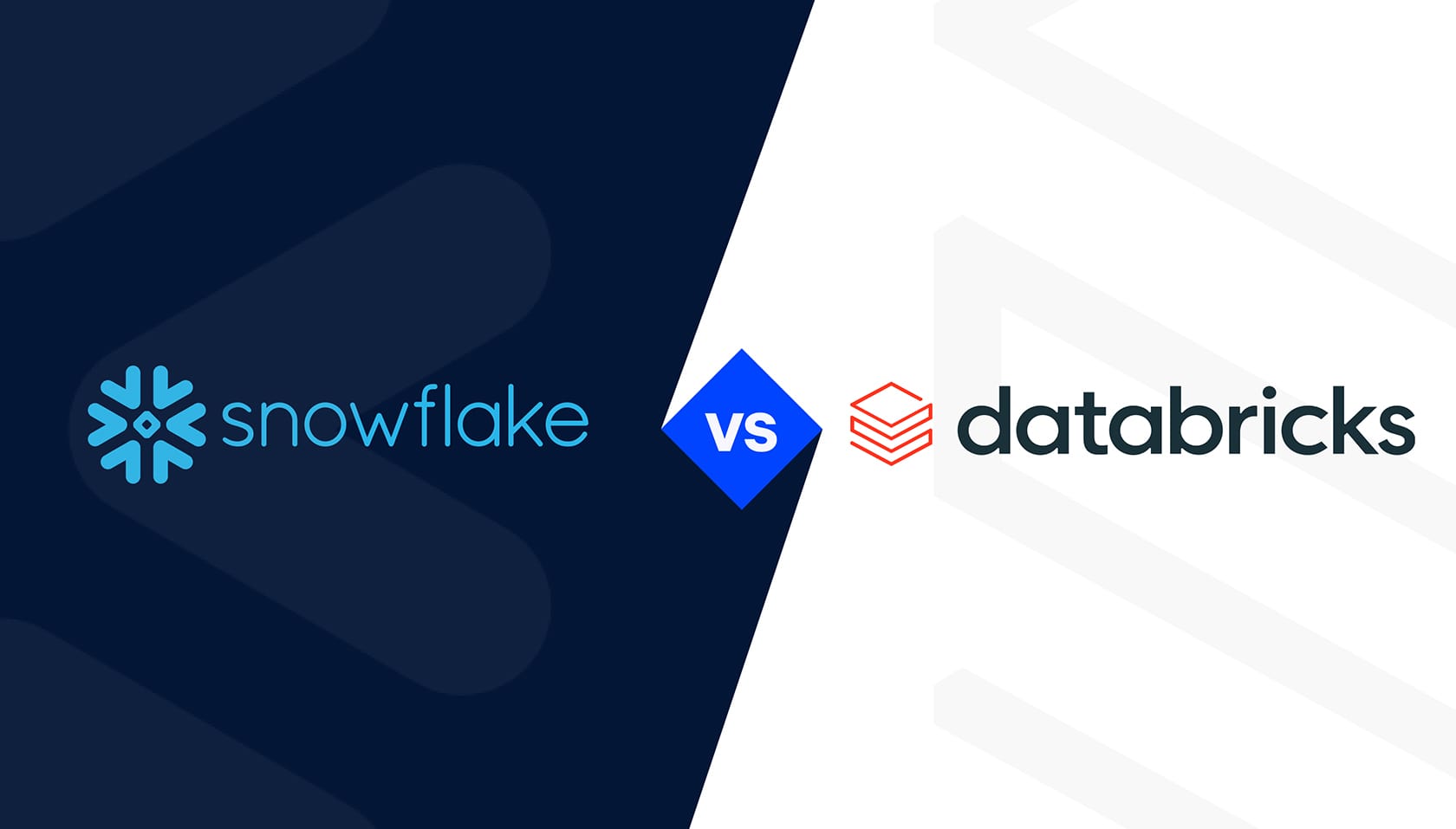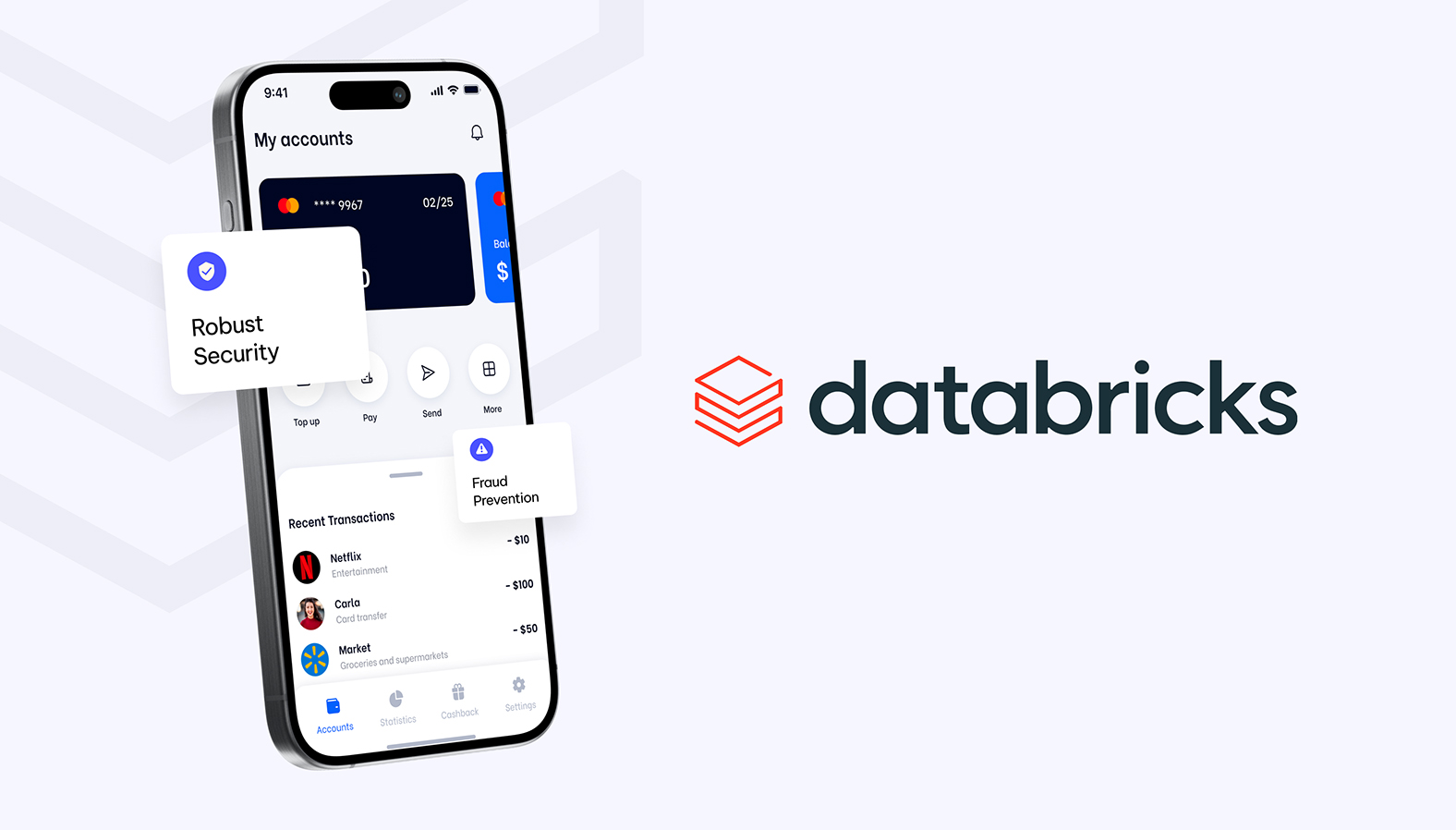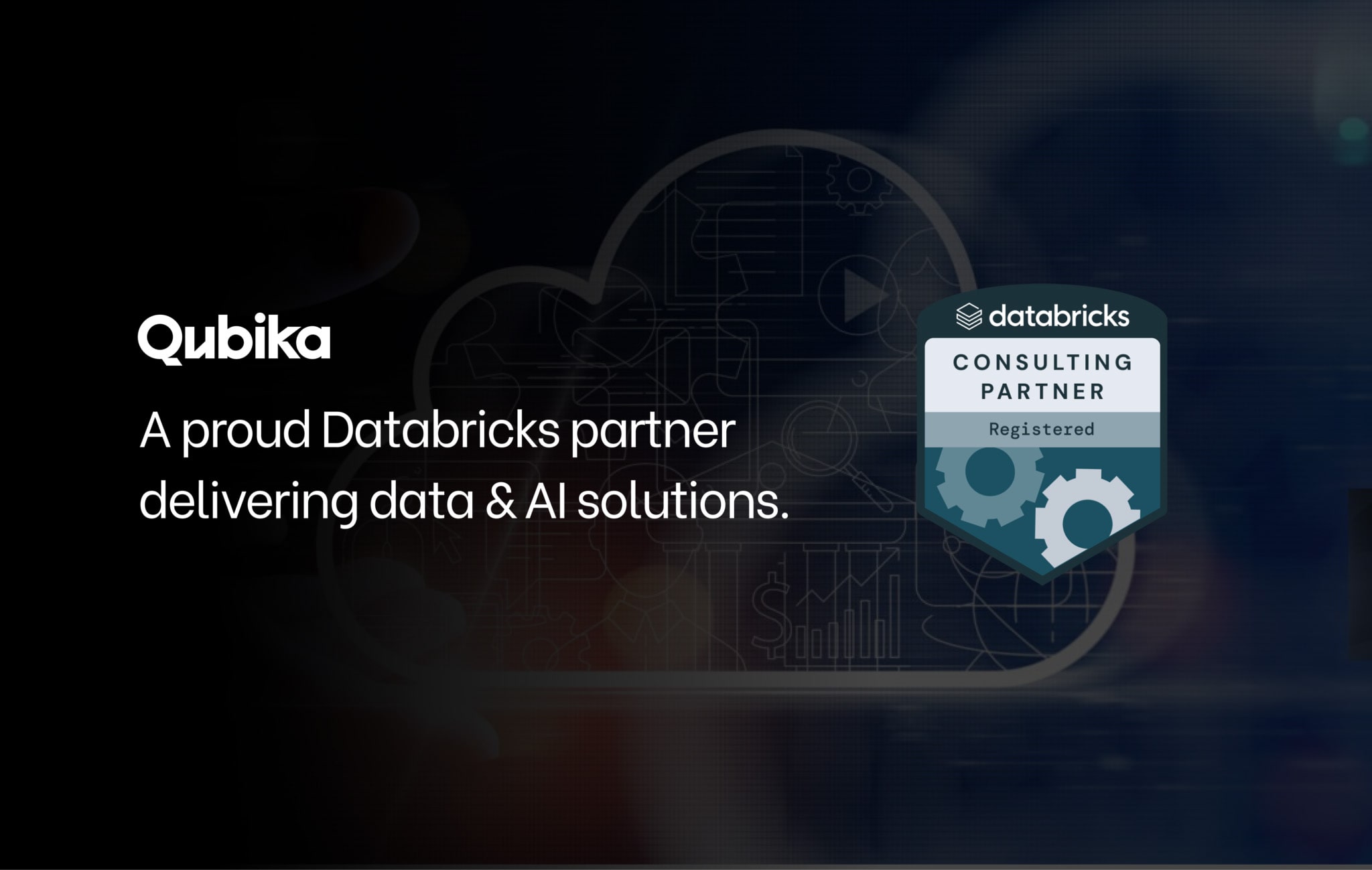A recurring topic we find with our clients is what technology they should use for their big data storage and organization. Two of the most popular platforms today are Snowflake and Databricks, and I wanted to understand their differences so I could better help them make a decision. I studied both at a non-technical, executive level and thought I’d share my findings.
What is a data warehouse?
First, it’s important to learn the difference in solutions. A data warehouse is like a well-organized library that stores structured data (like tables and spreadsheets) that’s cleaned and ready for analysis. It’s great for reporting and business intelligence (BI), but struggles with unstructured or messy data.
What is a lakehouse?
A lakehouse combines the structure of a warehouse with the flexibility of a data lake, where raw and unstructured data (like videos, social media posts or logs) can also be stored. It’s ideal for analytics, AI, and machine learning, as it handles all kinds of data in one place.
What is a data lake?
And just in case you need to know what a data lake is, it’s like a giant storage pool where you can dump all kinds of data in its raw form. It’s flexible and cheap to store data but doesn’t organize or clean it, so you need extra tools to make sense of it for analysis or reporting.
Snowflake: For BI & data warehousing
Snowflake is a cloud-native data warehouse designed for simplicity, scalability, and high-performance analytics. It excels at handling structured and semi-structured data for business intelligence, reporting, and database queries. Snowflake’s user-friendly interface and seamless integration with BI tools make it an excellent choice for organizations focused on centralized data warehousing and empowering business analysts. Its architecture ensures fast query performance and secure data sharing, making it ideal for companies needing straightforward and efficient data workflows.
Challenges solved
- Disconnected data silos across teams and tools.
- Slow reporting processes that delay decision-making.
- Sharing data securely with partners or external stakeholders.
Potential outcomes
- Centralized, high-speed reporting with near-instant query results.
- Data accessibility across teams for better collaboration.
- Seamless integration with BI tools like Tableau and Power BI.
Cost advantages
- Easy-to-manage consumption-based pricing.
Databricks: For advanced analytics & machine learning
Databricks is a data lakehouse platform built for advanced data engineering, real-time analytics, and machine learning. It handles large-scale data processing and unstructured data, like video, social media posts, streaming IoT logs or images. Databricks is a go-to for data scientists and engineers who require flexible, code-driven environments for building and deploying AI models. It’s used throughout different industries, including those that are highly-regulated, such as healthcare and finance (see here our review of how Databricks can be used in financial services). Its ability to unify data lakes and warehouses makes it powerful for organizations looking to scale data science and machine learning initiatives.
Challenges solved
- Simplifying complex ETL pipelines: Databricks streamlines the management of complex ETL pipelines by optimizing workflows and enhancing integration capabilities, reducing the engineering effort required while maintaining flexibility for custom designs.
- Struggling to leverage unstructured data like images, posts, logs, or IoT streams.
- Difficulty scaling machine learning projects.
Potential outcomes
- Real-time insights that drive better decisions (e.g., predictive maintenance).
- Faster deployment of AI/ML models for smarter automation.
- Simplified workflows for managing massive datasets.
Cost advantages
- Pay only for what you process. Great for scaling high-performance workloads.
To further help in their decisions, I made some sample scenarios for my clients:
When to choose Snowflake: Key scenarios
Scenario 1: Centralized data warehousing
A fintech company wants a unified data warehouse to enable executives to run financial reports and generate compliance analytics efficiently. Snowflake’s scalability and SQL-native approach make it the perfect choice.
Scenario 2: Data democratization (Accessibility)
A media organization needs to share structured ad performance data with external advertisers securely and in real-time. Snowflake’s data sharing capabilities make this seamless.
Scenario 3: Simplified BI workflows
An e-commerce company uses BI tools like Tableau to generate sales dashboards. Snowflake integrates natively with BI platforms and provides excellent performance for SQL-based queries.
When to choose Databricks: Key scenarios
Scenario 1: Data science platform
A retail company wants to train machine learning models to predict customer churn and personalize recommendations. They need a platform capable of handling massive unstructured datasets and supporting Python-based workflows for data scientists.
Scenario 2: Real-time analytics
A logistics company requires real-time processing of IoT data from thousands of sensors on delivery trucks. Databricks can process and analyze this streaming data for predictive maintenance.
Scenario 3: Advanced data engineering
A healthcare organization needs to preprocess and clean petabytes of genomic data for downstream analysis. Databricks’ distributed computing power is ideal for such heavy ETL jobs.
The conclusion is that there are many factors that make the decision lean one way or another. Both platforms are amazing, but the business restrictions such as cost, architecture, transaction volume and scalability are going to dictate which one is better for the specific use case.
An example of this happened with a client that had a platform for user engagement built on a simple AWS S3 instance, but as they began growing the running costs went up significantly. Upon analyzing the problem, we determined that the system would need above 1 TB of capacity due to the high transactionality of the platform, and they would also need a lot of data analysis to power their decision-making engine for the personalization of their user experience. Thus, we decided to re-design the platform around Databricks. This brought the current monthly cost down around 40%, while making sure that the platform is ready to scale up and has the data analysis capabilities they will need in the near future.
Explore the advantages of each platform
When comparing Snowflake and Databricks, it’s important to recognize that each platform brings distinct advantages tailored to different business needs. Snowflake offers a centralized data warehousing solution ideal for structured data and business intelligence, while Databricks provides a versatile lakehouse architecture suited for advanced analytics, machine learning, and unstructured data. The comparison chart below highlights key features, helping you better understand which platform aligns with your specific data strategy and operational goals.
| Feature/Aspect |
Snowflake |
Databricks |
| Type of Platform |
Data Warehouse |
Data Lakehouse |
| Primary Use Cases |
Business Intelligence (BI), Reporting, Structured Data Analysis |
Advanced Analytics, Machine Learning (ML), AI, Real-Time Data Processing |
| Data Handling |
Optimized for structured and semi-structured data |
Handles structured, semi-structured, and unstructured data, including video, logs, and IoT streams |
| Architecture |
Centralized, cloud-based data warehouse with SQL Engine |
Decentralized, object-storage-based, supporting various data types (structured, semi-structured, unstructured) |






















